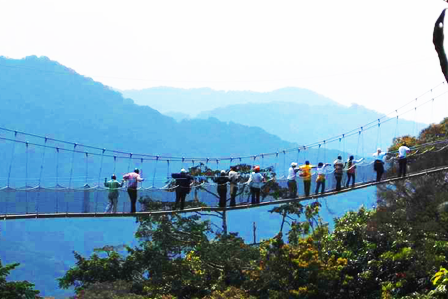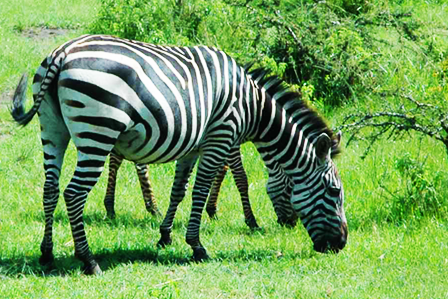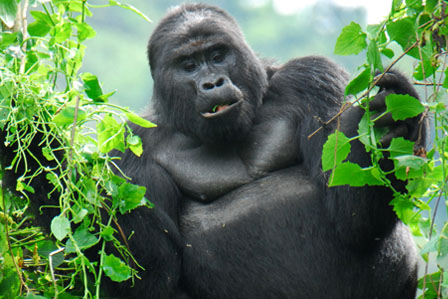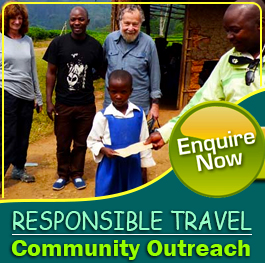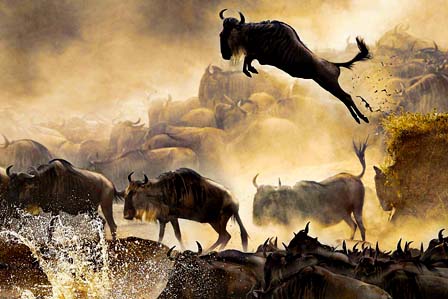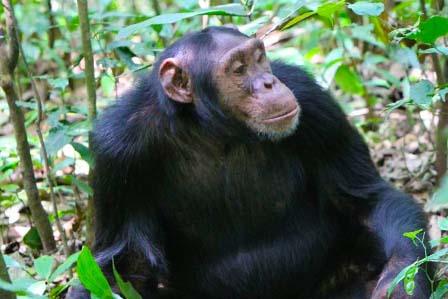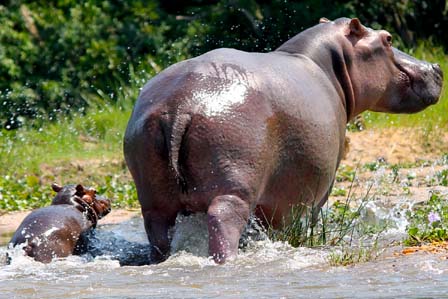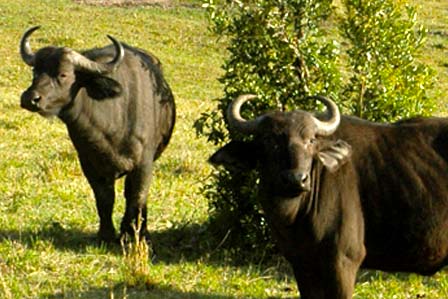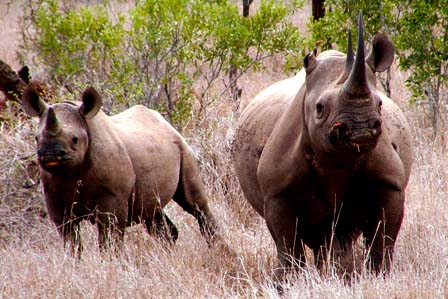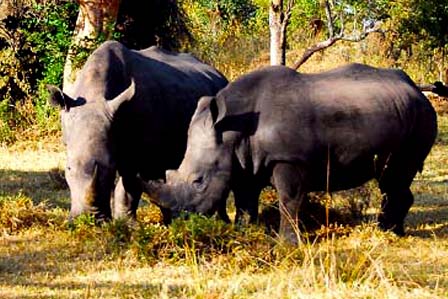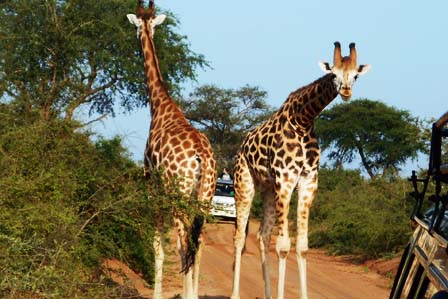Gorilla trekking in Uganda is done in Bwindi Impenetrable forest national park and Mgahinga National Park found in south western Uganda. Bwindi Impenetrable Forest National park is about 540Km from Kampala and Mgahinga National Park about 572km from Kampala. Gorilla tracking is mainly done in Bwindi forest due to it's first inception in 1993 of Gorilla tracking in Uganda thus capturing most attention of the worldwide Market for Gorilla tracking in Uganda. This included building lodges around bwindi and later calling for more Gorilla Habituation in the area with many Gorilla families. Well-as Mgahinga has 1 gorilla family thus making it less frequented.
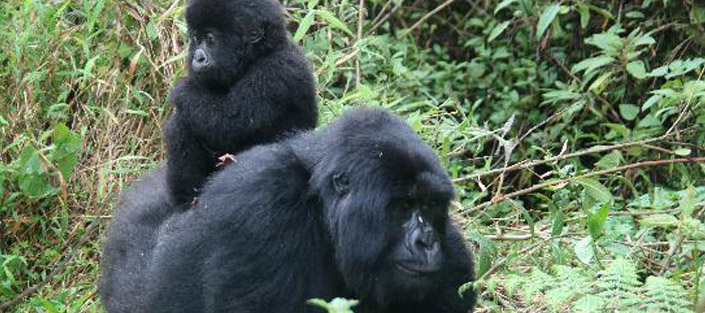
Gorilla Groups in Bwindi:
- Mubare, Rushegura, Habinyanja found in Bwind forest in the Buhoma section of Bwindi.
- Bitukura, Oruzogo found in bwindi in the Ruhija Section.
- Nshongi, Mishaya, Nkuringo, Kyaguliro found near Rubuguli town in Nkuringo section of bwindi
Gorilla Group in Mgahinga:
- Nyakagezi found in Mgahinga near Kisoro town.
Why Gorillas are viewed despite the fact they are wild animals?
Gorillas are naturally afraid of humans and typically will flee or aggressively charge if people get too close to them. Gorillas that are visited by people have undergone a "Gorilla Habituation exercise. Habituation refers to a process where through daily peaceful contact with humans, gorillas have lost fear of Humans and have gained and learnt to view them as neutral beings in their natural environment. Habituating a Gorilla group usually takes about 2 years and after this exercise, Adventure Travellers can be allowed to trek / track that particular family with all family members given names that rangers will at-times call when in the rain forest tracking them mainly to calm them.
Why Mountain Gorillas are rare and the tracking so Unique?
There are very few Mountain Gorillas remaining in the world for several reasons despite several efforts by government and researchers like Dian fossey who was an American zoologist who undertook an extensive study of gorilla groups over a period of 18 years in Rwanda and Congo discouraging local people especially in Congo to kill Gorillas and other Monkeys as a delicacy for such reasons with fears of people mis-understanding and mistreating Gorillas, most Adventure travellers to Uganda will want to track these amazing Giants in their natural habitat in the rain forest to make sure they have a life time tour of the Gorillas in Uganda
The viewing of the Gorillas will last no-more than 1-hr once found during tracking but one MAJOR thing is there is no gurantee what time / how long it will take any group of travellers to find the gentle giants. They can be from 5 minutes after tracking in the morning which normally starts at 8:30 am to 7:00 pm in the afternoon which marks the end of any days tracking. Tracking can be a hard experience depending on how far the Gorillas walked and where they fed from the previous afternoon. Remember Gorillas like keeping a territory in order not to mix with other families. Finding them is like finding bearded Human beings with a lot of fur on them in the jungle.
Social life and feeding structure of the Mountain Gorillas in Uganda.
Gorillas in Uganda are very social with all group members cohesively coordinating their daily activities. A typical day consists of alternating between several hours feeding and moving through the forest and then resting for a few hours. Usually interactions among individuals are peaceful, but occasionally conflicts may arise over feeding spots, with individuals giving aggressive 'cough grunt' vocalizations, screaming, or even fighting. Relationships among females are relatively weak.
Gorilla tracking groups are non-territorial; the silverback gorilla generally defends his group rather than his territory. Silverbacks are dominant over all other group members.Dominance hierarchies exist among adult females and among males in multi-male groups as well as between groups. Inter group encounters occur about once a month;this can be the only opportunity for the females to transfer between social units and hence the time for males to out compete their opponents and appear the most impressive to attract females. Friendly interactions among gorillas consist of resting together and grooming. Infants and juveniles have endless energy for playing occasionally up on short tree branches.
Gorilla trekking group sizes vary from five to thirty, with an average of ten individuals. A typical group contains one dominant silverback, who is the group's undisputed leader; another subordinate silverback (usually a younger brother, half-brother, or even an adult son of the dominant silverback); one or two black backs, who act as sentries; three to four sexually mature females, who are ordinarily bonded to the dominant silverback for life; and from three to six juveniles and infants. These groups are non-territorial; the silverback generally defends his group rather than his territory.
The Mountain Gorilla is primarily a herbivore animal the majority of its diet is composed of the leaves, shoots and stems and other plant species. It also feeds on bark roots flowers, and fruit, as well as small invertebrates. Adult males can eat up to 34 kilograms of vegetation a day, while a female can eat as much as 18 kilogram.
What to bring during Gorilla tracking in Uganda?
Note: Before you pack your bag to come on a gorilla trekking tour with African Adventure Travellers,make sure you have done some physical training with running up hills and some pressure ups.
It is advisable that you must be physically fit and be ready to carry with you:
-
Binoculars
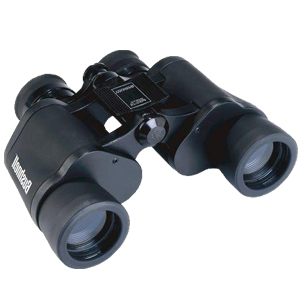
-
Camera

-
Camera batteries

-
Back pack
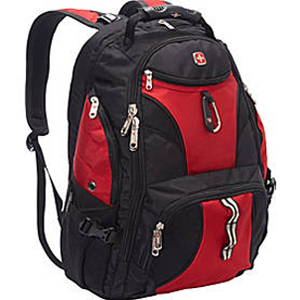
-
Cap

-
Hat

-
Thick socks
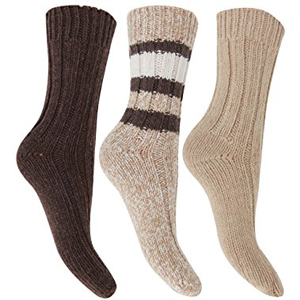
-
Hiking shoes
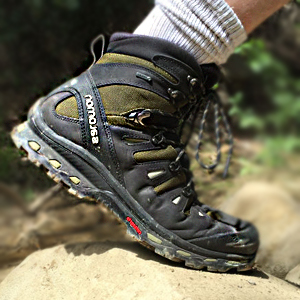
-
Walking sticks
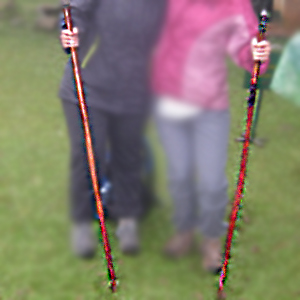
-
Long sports
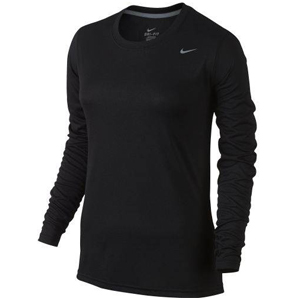
-
Rain jackets
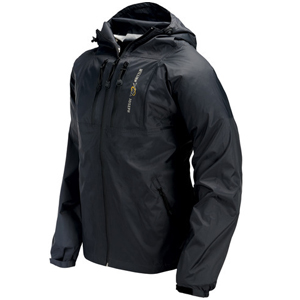
-
Waterproof pants
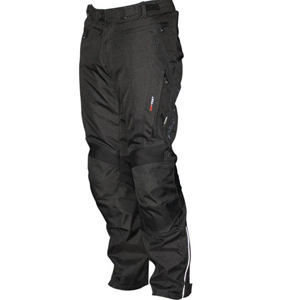
-
Insect repellant

-
Sun screens

-
Gaiters
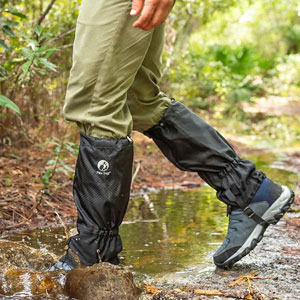
Gorilla Tracking rules.
- No one with communicable disease (eg Flu, Diarrhea) is allowed to enter the park.
- Stay together in a tight group while with the gorillas, do not surround them.
- Do not get closer than 7 meters (21 feet) to the gorillas.
- Do not use flash photography.
- Do not eat or smoke when with the gorillas or within a distance of 200 meters from the gorillas.
- Turn away from the gorillas if you have to sneeze or cough. Cover your nose and mouth in the process.
- Burry all human feaces a minimum of one foot deep and ensure that the hole is properly covered.
- Do not leave litter. All litter must be carried out of the park and disposed off properly.
- No person under 15 years is allowed to track gorillas.
- Do not Make loud noise or move suddenly.
- You are allowed a maximum of 1 hour with gorillas.
- Do not spit on vegetation or soil while in the park, use your hankie or other garment.
Most Popular Uganda Safaris
© 2025 African Adventure Travellers. All Rights Reserved.






